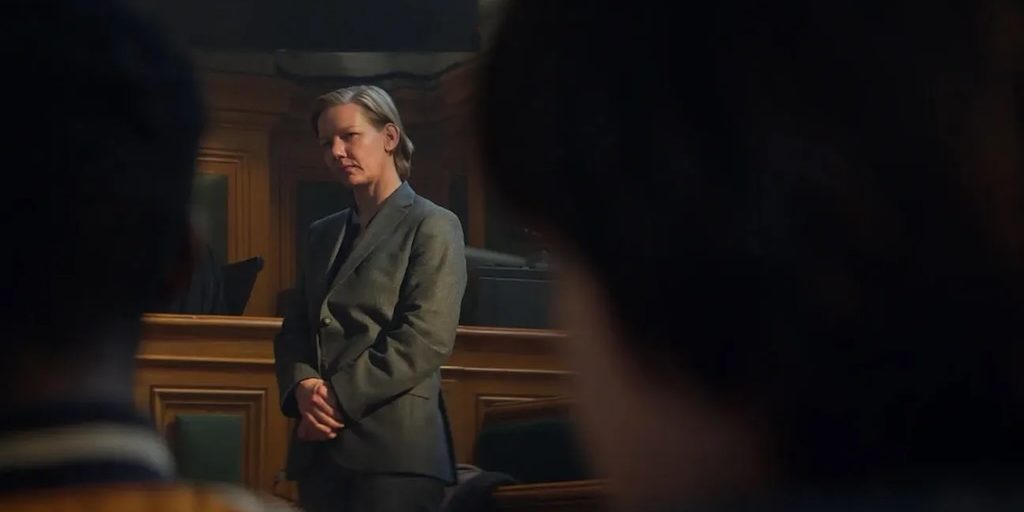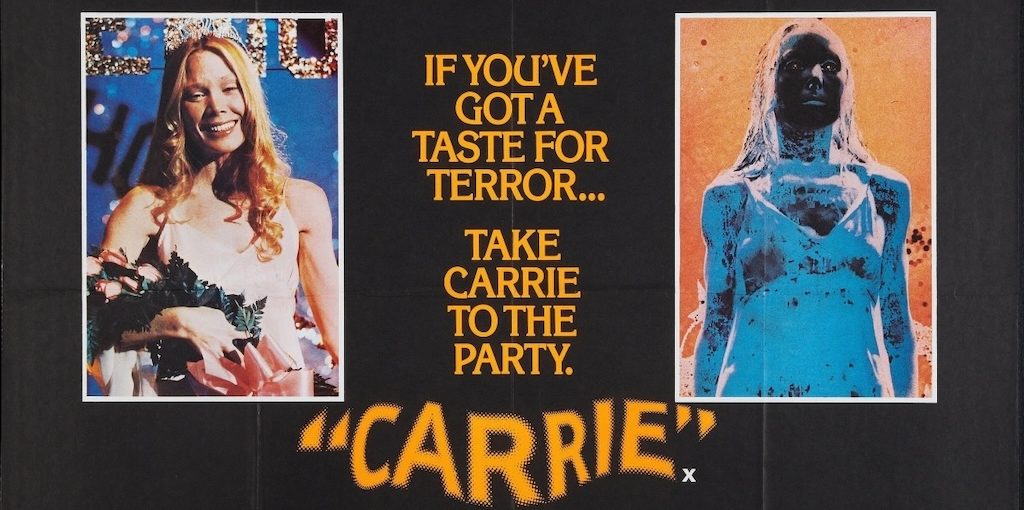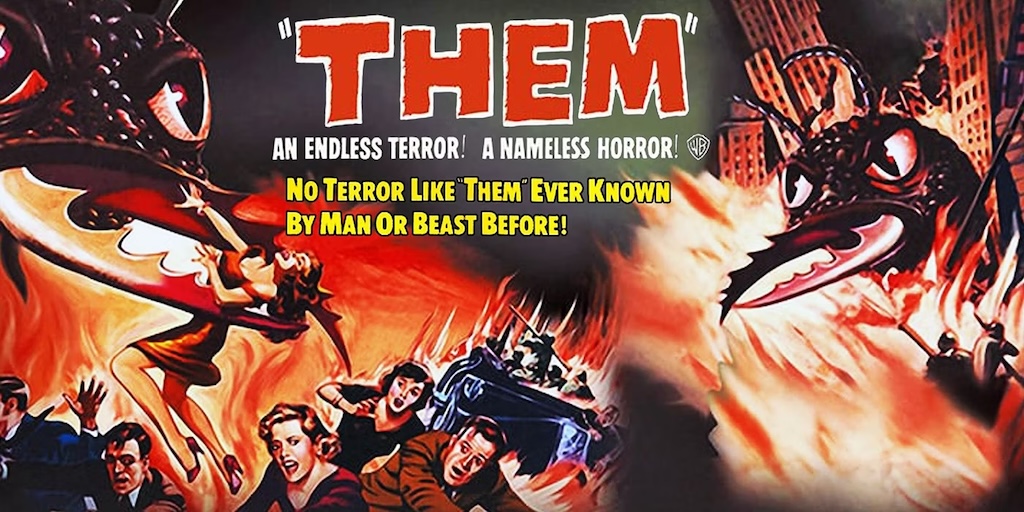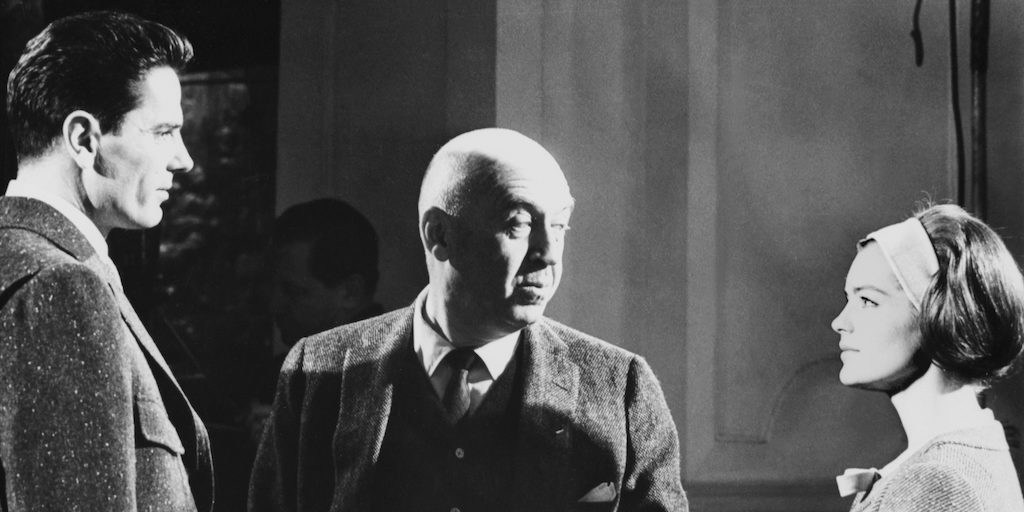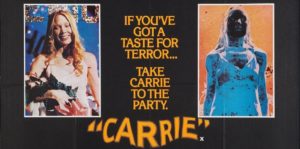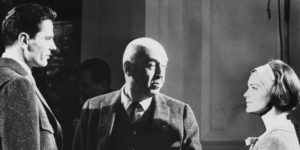Do courtroom dramas still exist? Perhaps one gets made every now and then, but the genre seems to become more and more extinct without us ever noticing its disappearance. Director Justine Triet has chosen a genre that she does not like or comprehend: Anatomy of a Fall is a courtroom drama, but also a thriller, but also a family drama, but also a story about the destruction of a couple. Anything goes, since there is not one genre ruling over the others and imposes a view of the world: the courtroom drama is tossed around in a mix that dilutes the scents and flavors proper of such genre. The passions (of the investigation, of guilt) are rather contained; the trial is shot technically and without pleasure; truth does not exist, leaving in its place a poor morality tale on the impossibility of knowing. Triet understands the courtroom drama barely as a platform for another thing. It is not the affinity for the vitality of the investigation, the transformation of tempers along the process or the uncertainty of the result (Will the jury believe her?), but something rather modest, precarious, that perhaps makes for a better contribution.
Anatomy of a Fall tells the story of a family that is falling apart. None of its members gets along with each other: he is burdened with guilt for the accident that left his son blind and his own frustrations as a writer, she cannot stand him and his complains, he resents her coldness and recriminates her infidelities with women, she defends herself reminding him that he was the one who drove the family to live in the middle of the snow in the outskirts of Grenoble, although they do not speak French (or German, her language) but English, something he reproaches her. On the background, there is the basso continuo of the blind son with his seeing-eye dog strolling melancholically down the woods or assuming an overacted sadness to get his mother’s attention. The movie is summarized in the first scene, when she talks with a literature student about her books. Both of them drink wine, she is at ease and flirts with the student. From the floor above comes the deafening sound of dreadful music: it is him, the odd man out in this otherwise female scene, pumping up the volume to make them uncomfortable and cut the interview short. She softly explains the situation and promises the student that they will continue the conversation back in the city. One scene later, he, who was never seen, appears dead outside his home: the odd man out no longer exists, he became the narrative excuse that sets the story into motion.
What follows is the cold tale of the widow’s drama, her son and the trial proceedings that are about to begin. Triet needs of that indifferent climate, and in doing that goes a great deal of what Anatomy of a Fall has to offer: the narrative distance, the discreet tone in the performances, the containment of emotions and, above all, the absence of clear clues that indicate how did he die (He killed himself? He fell? She attacked him?), offering a lunar spectacle of which it is expected a detachment of things bordering on distinction, elegance or mystery. The trial movies we know, the ones that are worthwhile, are American and Anatomy of a Fall is European. But it is not about its mostly French origins, but of the image Triet seeks to evoke with the changes in language, the relocations that left a mark on the protagonist’s life (From Germany to London to Grenoble), as if the film is set to emit some sort of haze of Europeanism that guarantees passage through the main film circuits of the world (the film won the Palme D’Or at Cannes). There are not national hints but traces of an internationalism for export: the protagonist is German (the rest of the cast are almost all French), the outskirts of Grenoble are almost a Bordertown without any distinctive signs, while the house and the surroundings bear a Nordic appearance rather than a French one.
The same designing climate is noticeable in the storytelling. The pursuit of truth, eternal subject matter of courtroom dramas, calls for a certain outpour of energy: in the plot twists, in the performances, in the ways of moving one’s body during the trial, in the ways one makes a statement before the judges or jury. Triet discards all that and bets everything to barely a couple of meager ideas, one in particular: A couple is a quagmire of which nothing can be ever known completely, and the same applies to any fact being put on trial. Facing the impossibility to reach the heart of the matter, as Anatomy of a Fall tiresomely explains in many of its dialogues, it leaves only the taking of a stance, the inclination for an option over the other. So it is explained by a case worker to Daniel, the son, before he takes the stand. The moment is not devoid of irony: the case worker is there to prevent the mother or anybody else attempts to direct what Daniel will say in the witness stand. And is precisely her who explains to him how things are: there is no truth, only suspicions, inclinations. That is because the explanation is not so much directed at the son, but to the audience seeing the film, which tries to make them understand (as if the previous two hours were not enough) the true subject matter of the film. Everything is barely reduced to this.
The staging of ambiguity pays off a lot better than the unearthing of the truth, it is a gesture destined to convince the audience of its own intelligence and leave them thinking, meditating not only about if his death was an accident or a crime, but also with the very idea of an imperfect truth and a fatally incomplete knowledge. Triet dresses these things with some other ingredients that look good, although they are executed with an incomprehensible clumsiness: a scene that reveals the couple’s secret dynamics, but above all her own despotic nature (that invites the audience to think again about their relatability to the protagonist: another little play on intelligence); a moment of animal cruelty, a despicable trick but that served well to directors of such disposition (Haneke, Iñárritu); a literary “controversy” about the tensions between fact and fiction that is nothing more than another nonsense destined to stamp a seal of intellectualism.
![]()
Director: Justine Triet. Writers: Arthur Harari, Justine Triet. Cast: Sandra Hüller, Swann Arlaud, Milo Machado Graner. Producers: Marie-Ange Luciani, David Thion. Runtime: 150 minutes.

